Contributors to this article include Laura Jensen and David Artman, Principals at Array.
Many healthcare projects face extreme budget fatigue with the economic challenges created by rising inflation and unpredictability in material costs. The budget strain that many clients are experiencing is resulting in lengthy schedule delays due to capital shortages or value engineering considerations at design milestones that include deep program cuts, and in some cases, clients are forced to stop projects all together. The biggest concern noted of Architectural Firms moving into the second quarter of 2023 was the ability to cope with volatile construction/ building materials costs and availability as captured by the AIA in the Architectural Billing Index. That concern emanates from our clients.
There is no single solution that Architects can offer that can the fix economic impacts outside of our control. However, are we doing enough to present design strategies that offer some control around construction cost inflation?
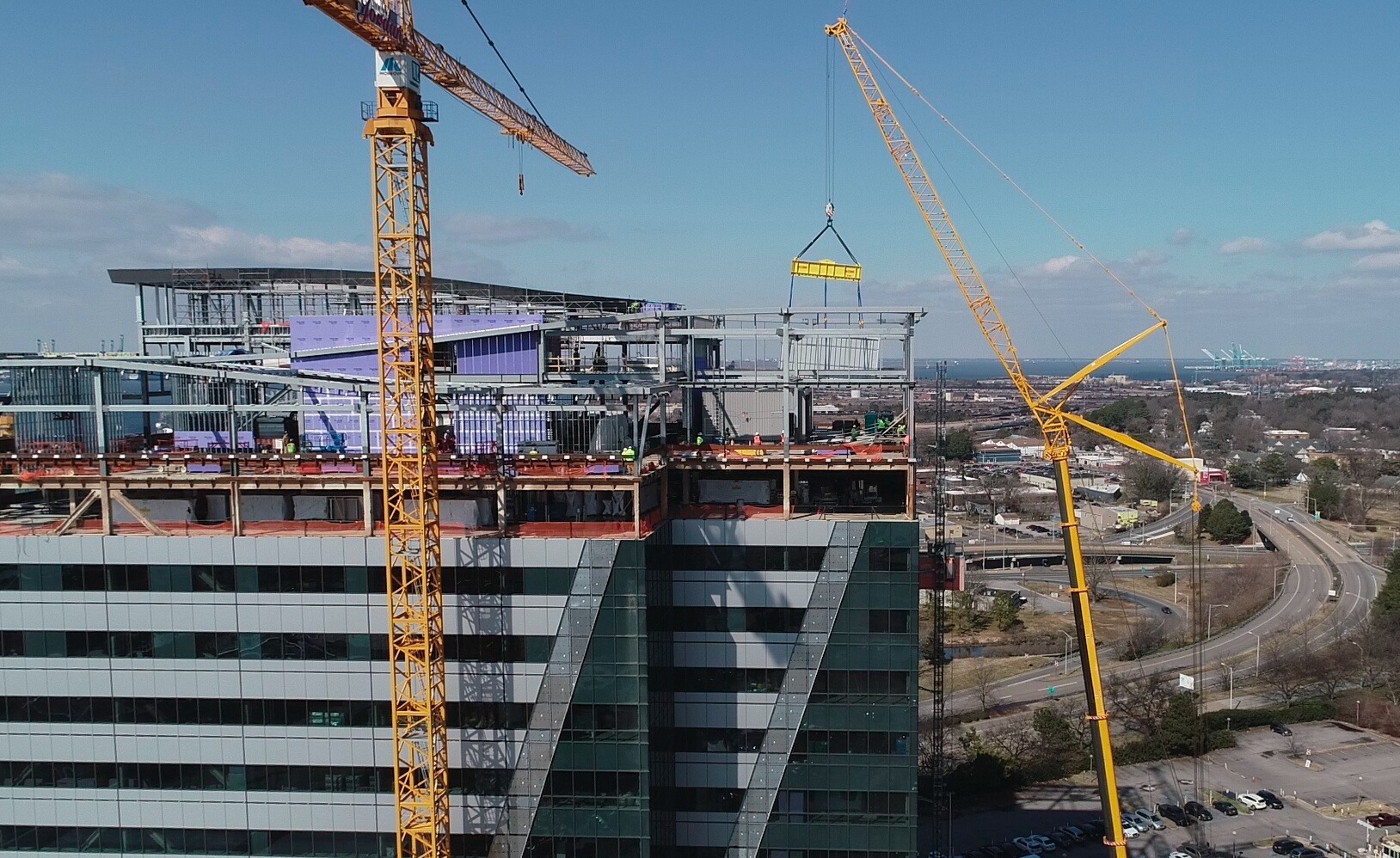
UNDERSTANDING THE PROBLEM
There is no singular reason for rapid cost escalation and supply chain issues. It is a complex issue with a moving set of variables, including...
- Increases in Building Materials. Lingering impacts from the pandemic impacting supply chain issues, import tariffs, and backlog demand all contribute to rising material cost.
- Increased money supply chasing the same output has resulted in a significant rise.
- Labor Cost. Workers are demanding higher wages due to increased cost of living and lack of skilled labor in the workforce.
- Interest Rates. Higher rates make it more expensive to finance projects.
Teams can work in unison to create better predictability of cost with the market shifting away from accepting the traditional project delivery pitfalls of the design-bid-build mindset and a focus on collaborative delivery. One of the biggest opportunities a project team can offer clients to provide more control over budget is prefabrication to cut both schedule and cost.
We believe there is a big opportunity to combat some of current economic project pressures by leveraging prefabrication as the active ingredient in a Lean Led Process. An early commitment to prefabrication organized around an efficient design and decision-making process provides clients and project teams with more tools to solve complex problems. A focus on execution will then be enabled to capture the benefits that prefabrication affords. We’ll review the opportunities, challenges, various considerations, and benefits that we have experienced in utilizing prefabrication.
EARLY COMMITMENT
An early commitment to prefabrication maximizes the return. Adopting a strategy that incorporates certain elements of prefabrication along the way will certainly provide some benefits in comparison to a standard approach – just not enough to combat today’s economic challenges we’ve seen with any real vigor.
By committing early to this process, the owner puts the ball in motion immediately. The team can strategize from the start, identifying elements for prefabrication and maximizing the greatest number of repetitive elements, rooms, and spaces possible. The design schedule becomes integrated with an execution plan by working closely with the manufacturer and construction manager.
The use of prefabrication to construct buildings faster and more efficiently is not a new topic. Often the perception of higher first costs related to prefabrication was a deterrent from widespread use. Now with the construction market faced with labor and materials shortages that are pushing schedules and increasing budgets, the benefits of prefabrication are pushing it to the forefront of considerations. Advancements in technology, process, and manufacturing facilities are adding the magnetism of this approach, providing an easier path to incorporating the practice.
CHALLENGES TO PREFABRICATION
While prefabrication offers great benefits to construction projects, it is not without its challenges. Some of those include:
- Lack of Familiarity. Many architects, engineers, and contractors are not well versed in prefabrication techniques and systems which can lead to inefficiencies and errors.
- Lack of Standardization. There is currently no universally accepted standard for prefabrication which can lead to variances in product quality, cost, and schedule.
- Transportation and Logistics. Prefabricated components need to be transported from the off-site facility to the construction site which requires careful planning and coordination.
- Limited customization. Prefabrication techniques are best suited for repetitive components and may not be ideal for all programs.
BENEFITS OF PREFABRICATION
When executed well, prefabrication can offer significant benefits to healthcare construction projects. These include:
- Cost Savings. By leveraging the benefits of scale, prefabrication can offer cost savings in both material and labor costs.
- Schedule Efficiency. Prefabrication can significantly reduce construction schedules by enabling off-site construction to occur simultaneously with site work.
- Quality Control. Prefabrication can significantly reduce construction waste and enable greater recycling of materials which supports sustainable construction practices.
- Prefabrication can minimize the need for onsite construction which can lead to a safer construction environment.
OPPORTUNITIES
There are opportunities to leverage prefabrication in a variety to ways to maximize the benefits noted above on a healthcare project. Those include:
Modular Prefabrication (MP) is offsite fabrication of modular components and elements. MP’s can be advantageous for use regardless of the scale of the project or whether it is a new build or renovation. The following are examples of modular elements that are often considered:
- Modular Partition Systems
- Modular Casework
- Laminar Flow Ceiling Systems
- Headwall and Footwall Systems
- Exterior Wall Panels
- Curtain Walls
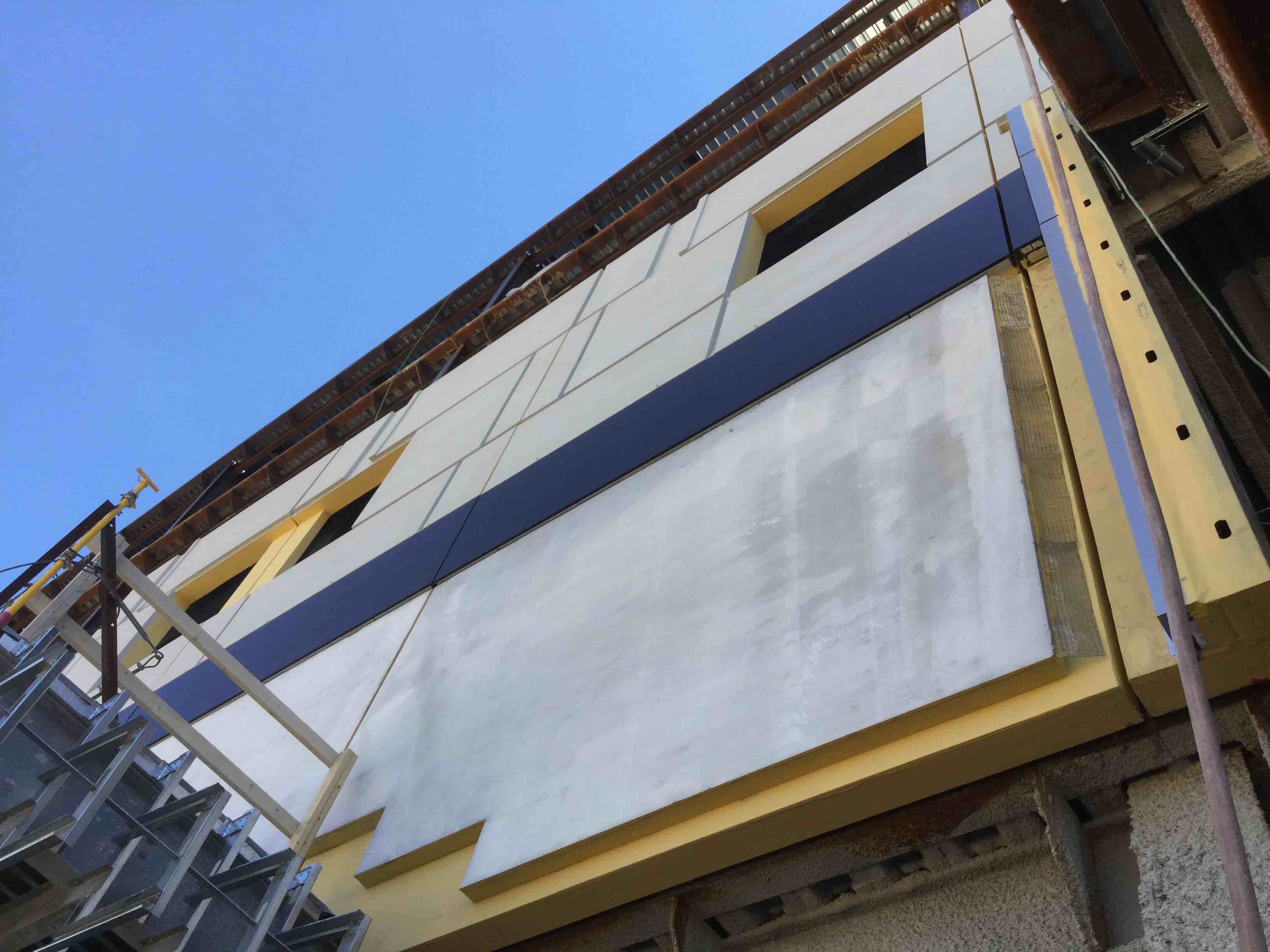
An example of the effective use of modular prefabrication is the operating room upgrades at New York Presbyterian-CHONY Hospital. Due to flooding, several operating rooms needed to be fully renovated on an expedited schedule. Reducing downtime was critical. With the goal of providing state of the art operating rooms on an aggressive timeframe, a Modular Operating Room (MOR) strategy became a necessity for a successful outcome. As the project represented a complex renovation within an active hospital, Array worked closely with the owner and Gil-Bar to create a strategy for implementation that met and exceeded the material standards of the facility, met the various code and regulatory requirements, as well as balanced the complexity of systems and equipment identified by the clinical team to provide advanced care.
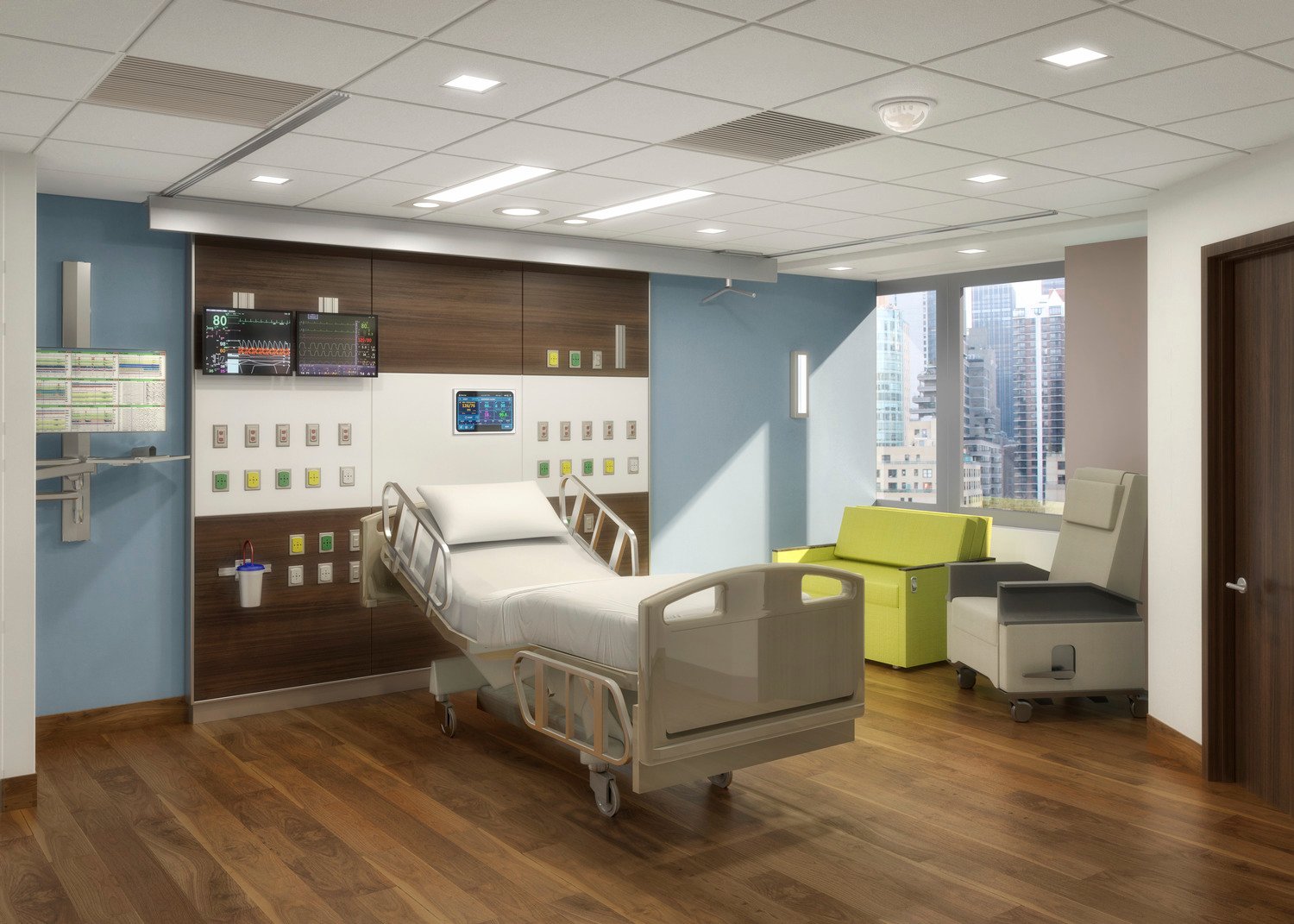
The substructure of an MOR system serves as the backbone for the walls and ceiling elements to be installed and seamlessly integrated. The substructure components include the vertical supports and ceiling rails that allow for planned utility coordination zones for items such as power, gases, and water.
MOR’s can include the full integration of:
- Operating Room Ceilings
- Operating Room Doors and Hardware
- Laminar Airflow Systems
- Scrub Sinks
- Integrated Technology and Equipment
- Room Lighting
- Flooring
- Storage Systems
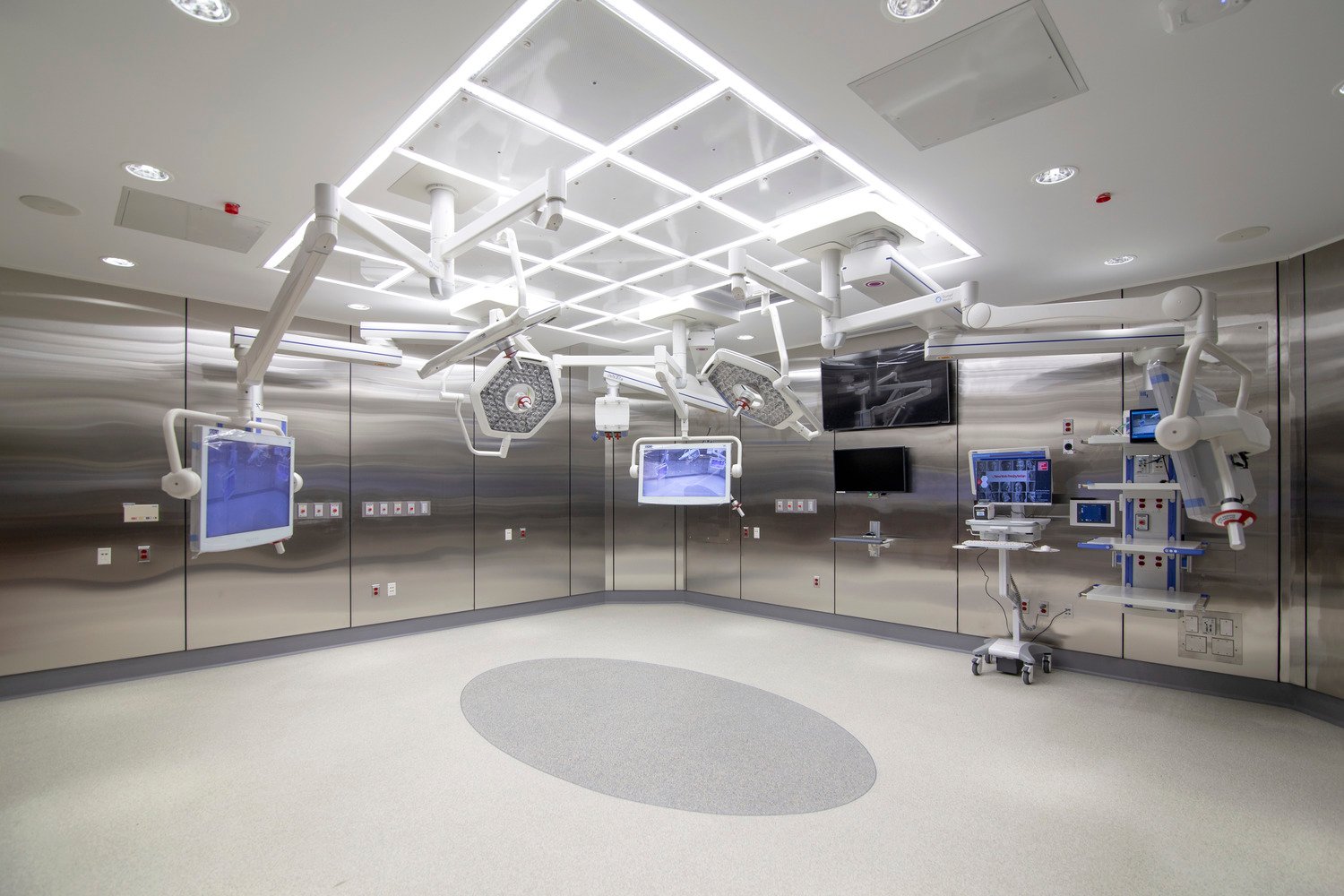
In this case, the impact of incorporating an MOR as the solution was effective because of the ability to control and exceed quality standards through offsite manufacturing in a controlled environment while simultaneously reducing schedule in comparison to traditional methods. When considering total operational costs and the financial impacts of downtime and lost revenue, the MOR solution provided both immediate and long-term benefits for the client.
Using modular components make efficient use of materials, reduce waste and the need for excess material handling and disposal. This leads to an overall reduction in onsite construction labor hours. Designing buildings that minimize material waste, architects can help reduce the time and labor required for material handling and disposal, while also reducing the environmental impact of the construction process. By using standard-sized materials, designing with off-the-shelf components, and making efficient use of materials, architects can help streamline the construction process and reduce construction labor hours, ultimately resulting in cost savings for the client.
“We’re trying to change the conversation from repeatable elements, turning more towards productization," says Craig Melograno, President of PDM Constructors & Durapods, an industry-leading prefabrication construction firm. "The exam room is the product. The elevator is the product. You don’t design an elevator based on how much space you have, you design around the elevator. When architects say, ‘The exam room is the product. Design an efficient exam room.’ Prefabrication could be the result of that process, but it doesn’t change the fact that the exam room being efficiently designed ultimately reduces cost and is better for the owner, the GC, and the subcontractors that need to build it whether it’s done conventionally or offsite.”
MULTI-TRADE PREFABRICATION
Multi-Trade Prefabrication (MTP) allows teams to construct multiple building components in an offsite, temperature-controlled environment simultaneously with the building structure and sitework. MTP provides the opportunity to shorten project delivery schedules by converting onsite construction to factory production, increasing construction worker safety, providing an uniform working environment, and improving output quality. MTP allows for the construction of all repetitive room types to be constructed offsite. Exam rooms as well as toilet rooms have been the often-adopted considerations in this approach over the last five years. The ability to expand that to patient rooms, utility spaces, and other clinical support spaces certainly should be explored and considered.
The Cooper Moorestown Ambulatory Surgery Project is a good example of leveraging prefabrication of typical room types and spaces. The project is a 166,000 SF adaptive reuse of an existing commercial structure. With a program consisting of repetitive room types such as exam and toilet rooms, the project represented an great opportunity to leverage MTP to gain efficiency in schedule. With early commitment and participation by the owner; the design, manufacturing, and build team worked in unison to coordinate the most efficient application and planning layouts possible to maximize the return.
![IMG_1313[1]_medium](https://blog.array-architects.com/hs-fs/hubfs/IMG_1313%5B1%5D_medium.jpg?width=1499&height=1124&name=IMG_1313%5B1%5D_medium.jpg)
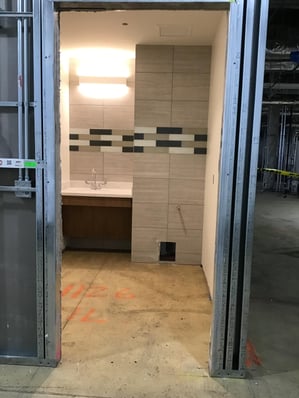

“One metric we track is offsite hours vs. onsite hours. For one project with Array, we were able to move 38 percent of onsite hours offsite," Melograno said. "Owners – especially those with an OCIP – need to see the value in that efficient use of workers. That’s how Google, Merck, and other large firms operate. If you’re not moving hours offsite, you’re not progressing. It is safer and it doesn’t require as much skilled labor onsite.”

Another prime example of multi-trade prefabrication is Children’s Hospital of the Kings Daughters’ Children’s Pavilion, a 14-story pediatric mental health tower located in Norfolk VA. Prefabrication was used in the project to increase speed-to-market, reduce the number of trades on site, and simplify construction.
The project employed prefabricated racked plumbing and HVAC systems. These racks arrived in 12-16’ uni-strut sections, which were then staged on the building floor and hoisted in the place. This greatly simplified installation.
The rapid schedule drove an exterior design solution that facilitated drying in the building more quickly. Working with our CM partner and their subcontractors in design assist roles, the team determined how to deploy prefabrication to unitize the curtainwall and metal panel systems to help speed erection. The pre-assembled window systems were installed floor by floor via an interior crane on the floor above.
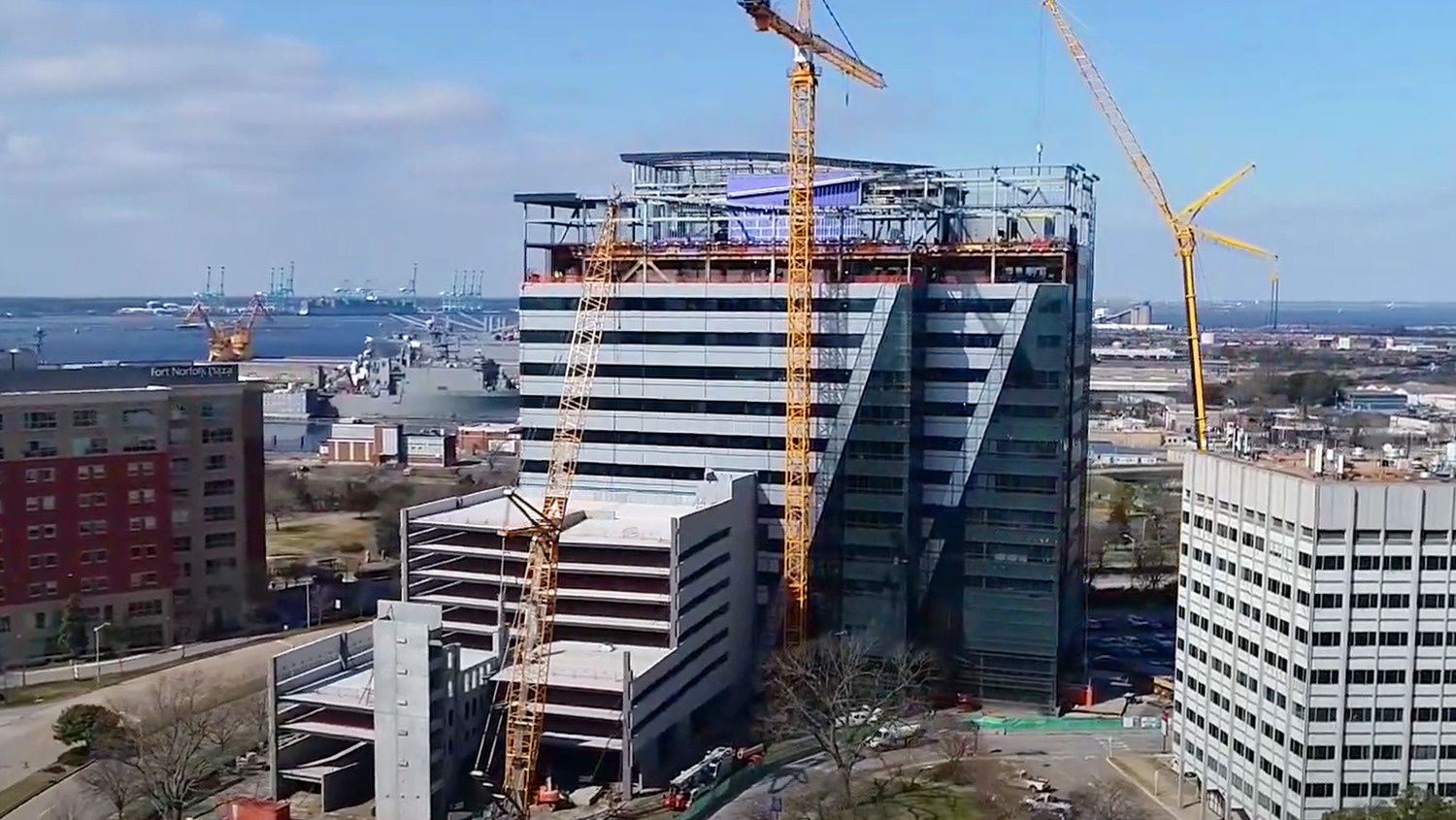
All electrical rooms were prefabricated, then hoisted in place. These six-sides boxes were pre-assembled offsite. The panels were pre-installed, then shrink wrapped and shipped into place. This method allowed for simple installation that only required wiring once in place.

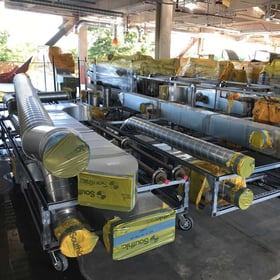
In conclusion, the use of prefabrication as a lean-led process can help healthcare construction projects combat the economic pressures of rising material costs and supply chain issues. By committing early to the process, owners and project teams can strategize and identify what elements can be prefabricated to maximize schedule and cost efficiencies. While there are challenges associated with prefabrication, the benefits – including cost savings, schedule efficiency, quality control, sustainability, and safety – can offer significant advantages to healthcare construction projects.

